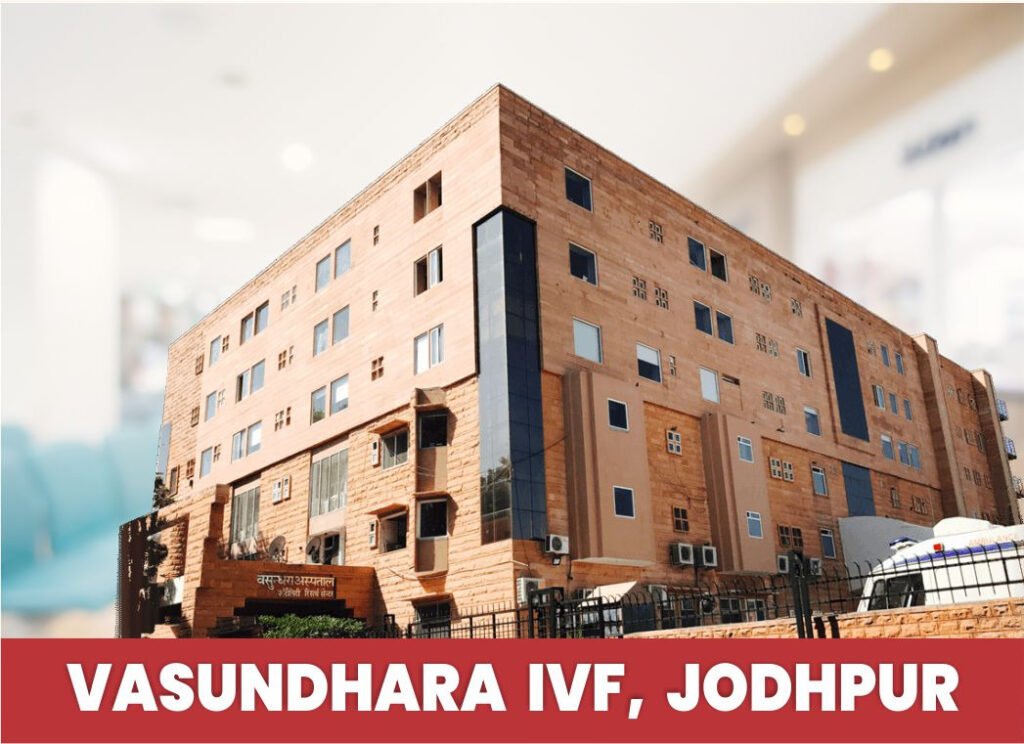Male Infertility Treatment

Male Fertility Treatment
Male infertility is a condition that affects a number of men and couples. It is often a source of confusion and misinformation, as many of the myths surrounding male infertility are not supported by scientific evidence.
What is Male Infertility?
Erectile Dysfunction or Other Sexual Problems:
Difficulties in achieving or maintaining an erection, ejaculation disorders, or other sexual dysfunctions that can interfere with the delivery of sperm.
Varicocele:
Swelling of veins within the scrotum, which can increase testicular temperature and impair sperm production or function.
Genetic Factors:
Inherited genetic abnormalities, chromosomal disorders, or mutations affecting sperm development or function.
Testicular Factors:
Conditions such as testicular trauma, infection, or surgery that can damage the testicles and impair sperm production.
Hormonal Imbalances:
Disorders affecting hormone production or regulation, such as hypogonadism, can disrupt sperm production and fertility.
Lifestyle Factors:
Factors such as smoking, excessive alcohol consumption, drug use, exposure to toxins or radiation, obesity, or extreme heat (e.g., hot tubs, saunas) can negatively impact sperm production and quality.
What are common variants Male Infertility
Low Sperm Count (Oligospermia): A reduced number of sperm cells in the ejaculate, which can hinder fertilization, also known as ologospermia. Such man can have sperms less than 15 million per ml. of semen. Common causes for it are addictions like tobacco intake/alcholism, blockage in vas tubes, ejaculatory disorders etc.
Abnormal Sperm Morphology (Teratospermia): Sperm with abnormal size, shape, or structure, making it difficult for them to fertilize an egg.
Poor Sperm Motility (Asthenospermia): Sperm with reduced ability to swim effectively, limiting their ability to reach and fertilize the egg. Also known as asthenzoospermia. In this condition the sperms with good motility are less than 32 % of total sperms.

Azoospermia
Obstructive Azoospermia
Non-obstructive Azoospermia
- Hormonal imbalances affecting sperm production.
- Genetic abnormalities or conditions affecting testicular development or function.
- Testicular injury, trauma, or radiation exposure.
- Varicocele, an enlargement of veins within the scrotum, which may disrupt sperm production.
- Certain medications or treatments, such as chemotherapy or radiation therapy.

What can be done about it
Surgical Correction: In cases of obstructive azoospermia, surgical procedures such as vasectomy reversal or sperm retrieval techniques (e.g., testicular sperm extraction – TESE, TESA, MESA, PESA) may be performed to restore sperm flow or retrieve sperm directly from the testicles for use in assisted reproduction.
MESA/TESA/PESA:
TESA: testicular sperm aspiration or TESE: testicular sperm extraction by inserting needle inside the testes to draw out testicular fluid /tissue
*MESA: microsurgical epididymal sperm aspiration done in cases such as obstructive azoospermia
*PESA: (percutaneous epididymal sperm aspiration – small needle is introduced into the epididymis and the fluid is extracted. there is no surgical incision required.
Hormonal Therapy: Hormonal medications may be prescribed to address hormonal imbalances or stimulate sperm production in cases of non-obstructive azoospermia.
Donor Sperm: In cases where sperm production cannot be restored or retrieved in spite of all the efforts, the use of donor sperm may be considered for assisted reproduction.

Call Us Today for Consultations
Our Services

Fertility Preservation

Donor Egg/Sperm

PGD/PGS/ERA

Fertility Enhancing Surgeries

Surgical Sperm Retrival

Other fertility services
Happy Clients
EXCELLENT









